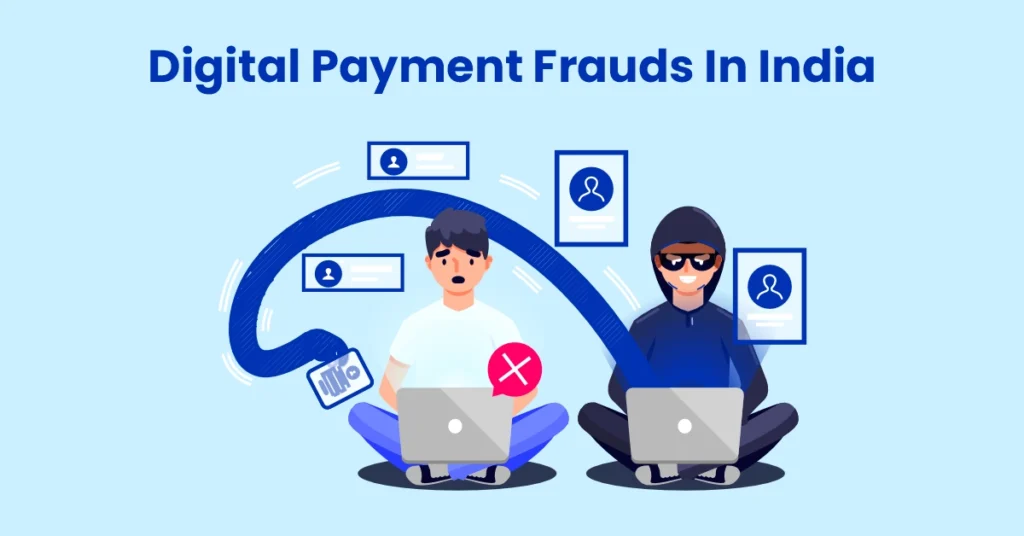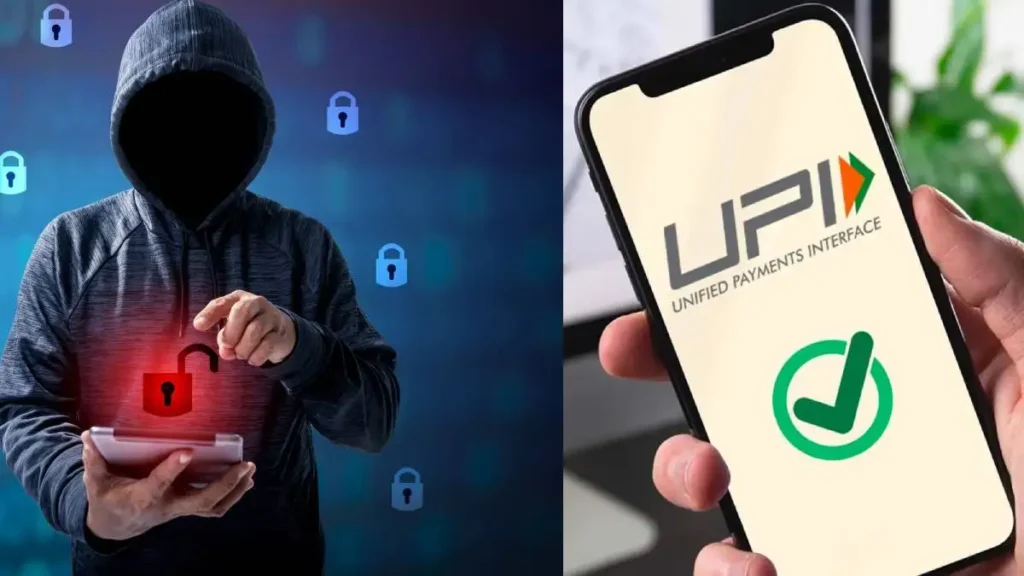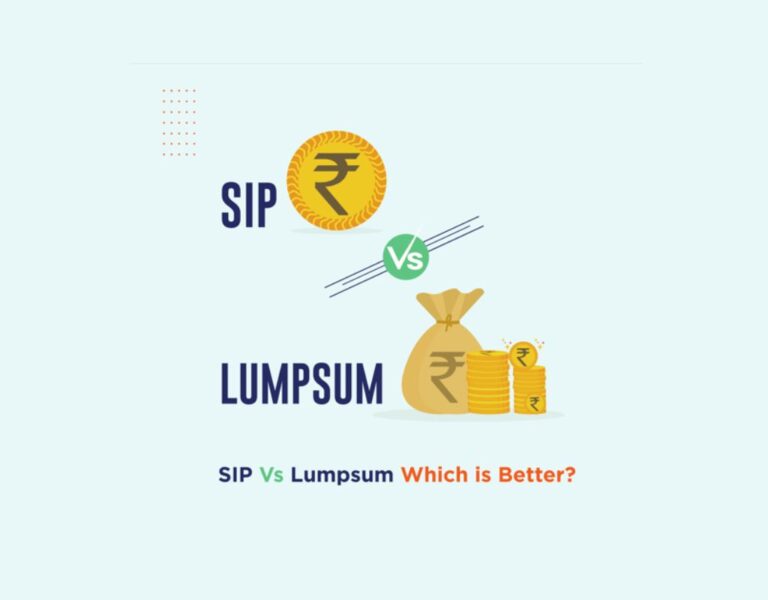Digital Payment Scams in India: How to Protect Your Wealth in the Cashless Economy
Introduction:
India is witnessing a digital revolution, with UPI payments, digital wallets, and online banking becoming a part of everyday life. While this transformation offers convenience, it also opens doors to a new wave of financial frauds. Scammers are evolving, using sophisticated technology such as deepfakes and phishing techniques to deceive users. As digital payments become the backbone of India’s economy, protecting your wealth from scams is more important than ever.

The Rise of Digital Payments in India
India’s digital payment ecosystem has expanded rapidly over the past decade. UPI (Unified Payments Interface) alone recorded over 8.7 billion transactions in February 2025, showcasing how deeply integrated digital wallets and cashless payments have become. However, this boom has inadvertently given rise to fraudulent activities.
According to a recent report, India recorded a 19% increase in digital payment scams in 2024 compared to the previous year. With financial literacy still evolving, many users fall victim to these scams.
Common Types of Digital Payment Scams
- Phishing Scams
Phishing scams involve fraudsters sending fake emails, messages, or calls pretending to be from a legitimate bank or service. Victims are tricked into sharing sensitive information like OTPs and PINs. - QR Code Scams
QR codes are widely used for instant payments, but scammers generate fake codes that redirect payments to fraudulent accounts. - UPI Fraud
Fraudsters exploit UPI by sending “request money” links instead of “pay money” links, tricking users into approving payments unknowingly. - Sim Swapping
In sim swapping scams, fraudsters gain control of a victim’s phone number to receive OTPs and authorize fraudulent transactions. - Deepfake and AI Scams
The use of deepfake technology is on the rise, with scammers mimicking voices or appearances of known individuals to deceive users.
How Scammers Operate: Tactics and Techniques
- Social Engineering: Scammers exploit trust by posing as customer support executives.
- Fake Apps and Websites: Fraudulent apps resembling genuine banking apps lure victims into sharing details.
- Time Pressure: Victims are often told they must act urgently, leaving little time for verification.
- Tech-Savvy Tools: Advanced tools like keystroke loggers and malware are used to steal sensitive data.
Real-Life Cases of Digital Payment Fraud in India
- The UPI Scam in Mumbai:
A man in Mumbai lost Rs 5 lakhs when he clicked on a fake KYC update link. Fraudsters gained access to his UPI account and drained his savings within minutes. - Sim Swap Fraud in Delhi:
In another case, scammers cloned a victim’s SIM card and accessed OTPs, siphoning off Rs 2.5 lakhs before the victim realized the theft. - Fake QR Code Scam in Bengaluru:
A restaurant owner in Bengaluru lost Rs 1 lakh when a scammer posing as a delivery agent sent a fake QR code for “refunds.”
Impact of Digital Payment Scams on Personal Wealth
The financial impact is significant, but the emotional toll is just as severe. Victims often experience anxiety, loss of trust in digital systems, and even mental health issues. For investors and small business owners, such scams can lead to liquidity issues and disrupt financial goals.

How to Protect Your Wealth from Digital Payment Scams
- Verify Before You Trust
- Always verify the identity of the person or organization asking for payments.
- Avoid clicking on unsolicited links or emails.
- Enable Two-Factor Authentication (2FA)
- Use 2FA for every digital payment app and banking platform.
- Avoid using public Wi-Fi when conducting transactions.
- Check Transaction Limits
- Set lower transaction limits on your UPI and digital wallets to minimize potential losses.
- Use notifications to monitor every transaction.
- Be Cautious with QR Codes
- Scan QR codes only from verified sources.
- Cross-check the beneficiary details before approving payments.
- Keep Software Updated
- Regularly update your banking apps and antivirus software.
- Updated apps often include security patches to fix vulnerabilities.
- Avoid Oversharing on Social Media
- Personal details such as birthdays, phone numbers, or travel plans can be exploited by scammers.
- Adjust privacy settings to limit visibility.
- Use RBI’s Sachet Portal
- Report financial frauds on the RBI’s Sachet Portal to assist authorities in tracking down fraudsters.
Government and Bank Initiatives to Curb Scams
The Indian government and banks are taking several measures to protect users:
- RBI Guidelines: The Reserve Bank of India has mandated two-factor authentication for online transactions.
- Bank Helplines: Many banks have set up 24×7 fraud reporting helplines to quickly block fraudulent transactions.
- Awareness Campaigns: Campaigns like “RBI Kehta Hai” educate users on secure digital payment practices.
What to Do If You Fall Victim to a Scam
- Act Immediately
- Contact your bank or payment service provider immediately.
- Use platforms like NPCI Dispute Redressal for UPI frauds.
- File a Complaint
- Lodge a complaint at cybercrime.gov.in or call 1930, the dedicated cybercrime helpline.
- Track and Freeze Transactions
- Some apps allow users to freeze transactions temporarily until investigations are complete.
- Use Insurance for Digital Frauds
- Consider insurance policies that cover cyber frauds and online scams.
Balancing Convenience with Security
Digital payments are here to stay. While they offer convenience, ignoring security can lead to significant financial loss. As technology evolves, staying informed and adopting robust security practices are the best defenses against fraud. By being vigilant and leveraging the tools available, you can continue to enjoy the benefits of a cashless economy without compromising your wealth.






